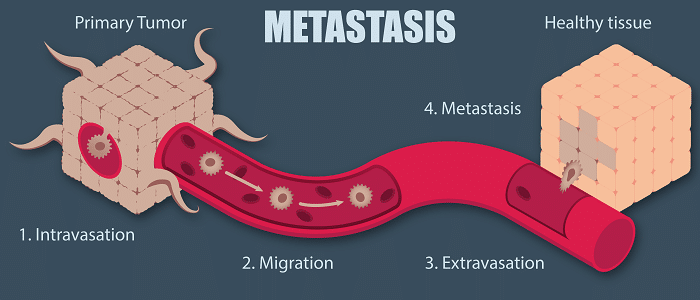Cell Migration, Cell Invasion & Wound Healing Explained
Cell migration is an extremely complex phenomenon. A motile single cell, or multicell aggregate, that penetrates through the extracellular matrix of neighboring tissues can be described as invasive. Cells grouped into coherent sheets, strands, or tubes may undergo a form of collective cell migration governed by tight intercellular connections. The former mechanism is characteristic of metastatic growth, while the latter is associated with wound healing. How can seemingly similar cellular mechanisms result in such dramatically different outcomes?
Using Cell Migration Assays in Cancer Invasion & Wound Healing
At Platypus Technologies, we have written extensively on the basic principles of cell migration with a focus on measuring the rates of motility using cutting-edge assays. Our own cell exclusion zone technology has already provided key mechanistic insights into the diverse world of cellular migration, helping researchers understand the underlying roles of cell invasion and collective migration in cancer development and tissue regeneration.
The primary difference between benign cell migration and malignant cellular invasion is that migration covers normal cell functions while invasion refers to cells that are actively attacking their surrounding tissues. It may be helpful to outline the macro-level stages of tissue regeneration and metastasis respectively to understand the differences at the cellular level.
How Do Tissues Regenerate?
Wound healing occurs in three distinct phases: inflammation, proliferation, and maturation. Our bodies naturally strive towards homeostasis, which refers to a relatively stable equilibrium maintained by various physiological processes. When tissues are damaged, it provokes an inflammatory response designed to maintain homeostasis within the body.
Inflammation begins when circulation platelets converge on the wound site to form a fibrin clot that seals the wound. Neutrophils and macrophages likewise converge at the wound to clear debris and kill invasive cellular species, mitigating infection. Each of these cellular types migrates through the circulatory system.
In subsequent healing phases, more complex forms of cell migration occur. For instance, epithelial cells around the damaged tissue site increase motility to cover the wound in a process known as re-epithelialization. This new epidermis proliferates to form a permanent structure over the wound site. It is worth remembering that complications can – and frequently do – occur in wound healing.
How Do Cancer Cells Metastasize?
Cancer is best understood as a collection of diseases occurring as a result of uncontrolled cell proliferation. When cells multiply, it generally occurs as part of the tissue regeneration process discussed above, as in re-epithelialization. In extreme cases, cell proliferation occurs at severely increased rates and the proliferated structures last longer than they should. The tissues accumulate in the body as masses known as tumors.

Research has made significant strides into understanding how cancerous cells migrate through the bloodstream or penetrate extracellular matrices to form secondary sites, a process known as metastasis. This explains how two dramatically different ends are interlinked by almost identical means.
Cell Migration Assays from Platypus Technologies
At Platypus Technologies, we believe in the power of cell exclusion zone technology for uncovering the mysteries of cell migration and invasion. We offer advanced solutions for monitoring the rate of directed cellular motion in real-time, helping researchers gain rich mechanistic insights into cell migration. If you would like to learn more, simply contact a member of the team today.